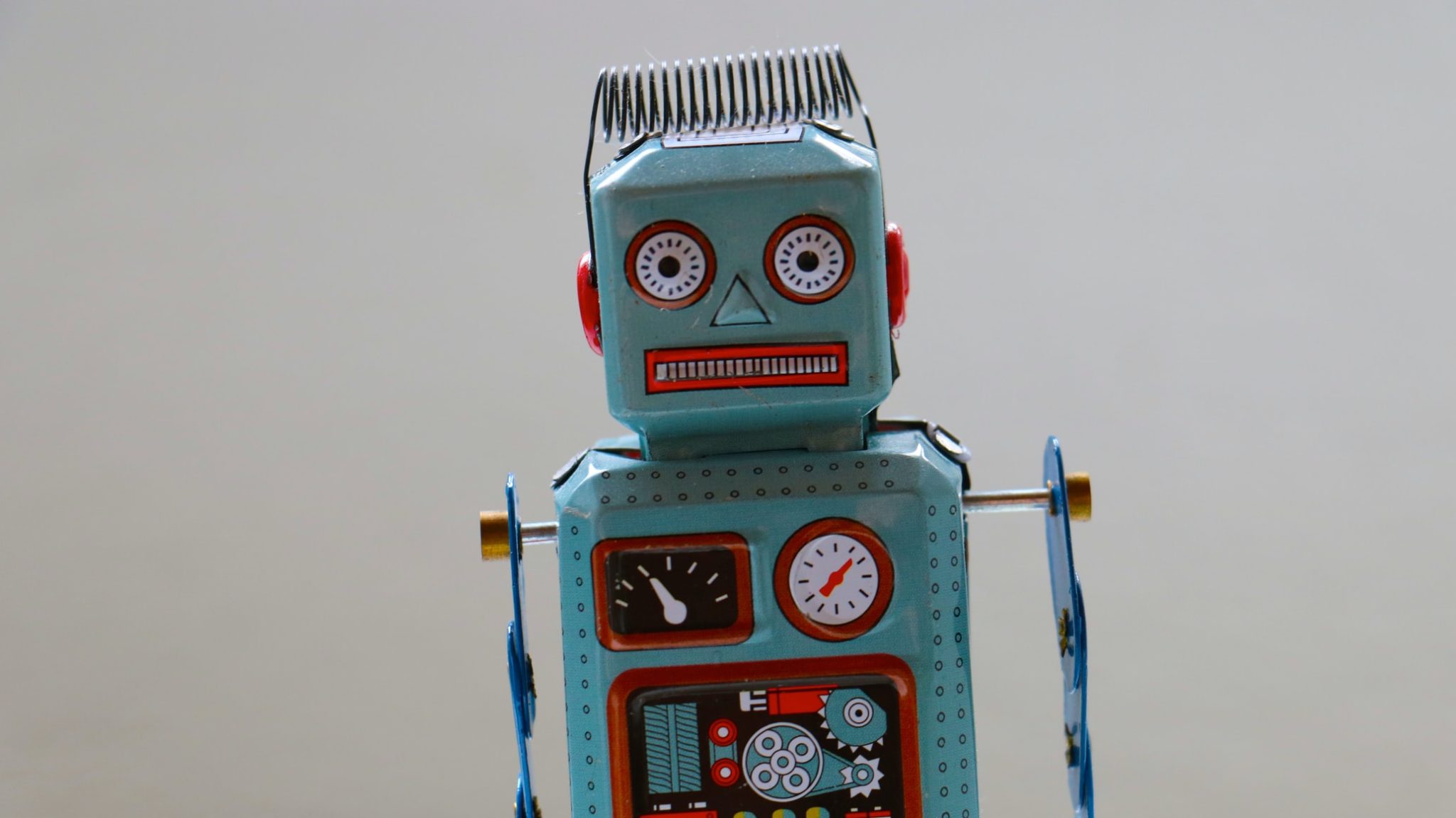
I often see advertising for “hand-tied flies”. This makes me laugh because ALL FLIES ARE HAND TIED! As a marketer by trade and a fly tyer by passion, I find this deceptive and insulting. Who do they think they’re fooling with this messaging? In reality, the majority of commercially available flies are tied (by humans) in countries like Kenya, China, and Nigeria. Given our current state of technology, it’s impossible to program a machine to tie flies. Here are a few reasons why …
Anomalies in Materials
All of our feathers, furs and other natural materials have innate idiosyncrasies that would be impossible for a robot to discern in order to match the correct proportions and characteristics for a given pattern. No two hackle capes are alike so how could it go through hundreds of feathers and choose the right one? How could it recognize the correct stiffness or softness of the barbules and find the right place on the neck to pluck it? How could it know that one feather is better than another? These are all judgement calls that can only be made by a human. Sorry C-3PO!
Now, to play my own Devil’s advocate, I suppose if the materials were all synthetic and completely uniform in size, shape, length, thickness, etc. it could be possible. But it would be very limiting compared to the diversity of patterns we have today. I prefer the diversity.
Haptic Feedback
While there have been recent developments in robotics that actually allow a robot to “feel”, they’re nowhere close to being as sensitive as the human sense of touch. Fly tying requires finesse and delicacy that a machine just can’t replicate. You need to feel if you’re putting too much or too little tension on the thread. To know when your dubbing is too tight or too loose. To know how tightly to pinch the elk hair on top of the hook. Only human nerve endings are up to this task–to process it and adjust accordingly. To achieve what we consider mundane would require an unimaginable amount of engineering and programming.
Dexterity
This one is actually feasible. AI and robotics have become so sophisticated that machines are now performing surgeries. They’re usually remotely controlled by an operator, but they are precise (maybe more-so than a skilled surgeon’s hand). Still, they require human control. They can’t interpret the situation in front of them and make the correct procedural decision. Personally, I’d still rather have a human operate on me than a machine and I’d rather tie my own flies than use ones made by a robot.
Should We?
I’m sure in the distant future, as technology progresses, it will be possible to create a machine that can autonomously tie flies without human intervention. But, the question is, “should we?” A fly tyer puts their soul into their creations just as a painter puts their soul into their paintings. Tying is an art and I think something would be lost if we were to make flies robotically-produced commodities. We’d lose the personal touch of making variations on a pattern. We’d lose the inspiration and stories behind their creation. We’d lose the human element, the skill, and the pride in our craft.
So for now, I’ll let the robot vacuum up the floor after I tie a dozen Elk Hair Caddis, but he’s not getting anywhere near my fly tying tools!








Haha… after tying a dozen kebari’s I start to feel like a robot built for mass production.
Dave, I felt like that when I was a commercial tyer. “Beep, beep, boop, beep.”
Great perspective! I am a production tier and I am the Northeast Regional sales manager for EPSON Robots … hence I agree with your article. I actually have thought of ways to bring automation into this art form …. It’s difficult to simulate motion that is has so many variables in the Pick and Place procedure.
Your comment is absolutely 100% in target “ A fly tyer puts their soul into their creations just as a painter puts their soul into their paintings.” thank you for sharing your perspective… greatly appreciate it!
Joe Cordeiro http://www.flat-wing.com
Thanks Joe. My philosophy is that once it becomes automated, it’s no longer art.